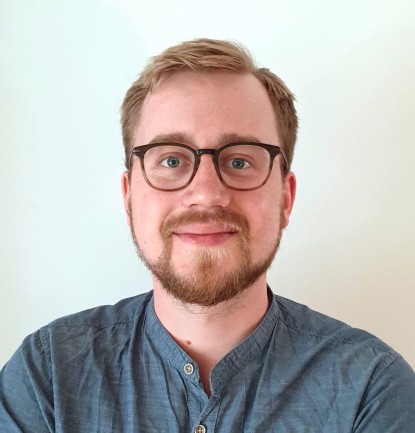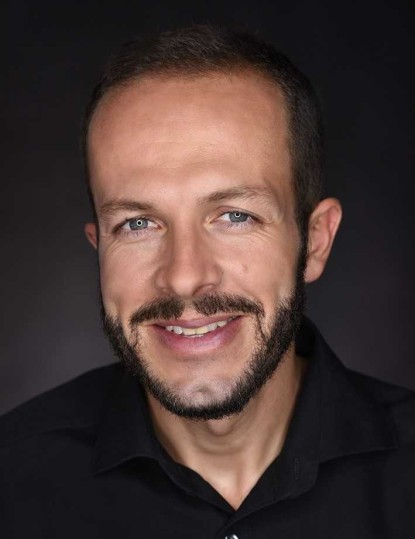Disasters like earthquakes, floods, or hurricanes demonstrate the relentless force inherent in the natural environment. Entire communities and livelihoods are destroyed. But when the dust settles, how do affected people move on? Can the rubble be rebuilt–and if so, how? Could reconstruction be a chance to make destroyed places better and more resilient than before? These are the questions addressed by the research project “Build Back Better”.
The starting points are two observations: First, since the end of World War II, humanitarian relief operations developed into a global field of expertise in aid and reconstruction. At the same time new regional and national initiatives emerged that sought to shape emergency relief and reconstruction themselves. Different actors met at the disaster site, supported each other, but also came into conflict and competition.
Furthermore, processes of reconstruction were characterized by negotiations about what should be rebuilt and how. Affected communities struggled with their identity and history as they are reflected in architecture, monuments, and sites of remembrance. Their question was which values and material culture should be taken along into a post-disaster future. Reconstruction was thus also a court for politics of memory.
The project follows two approaches:
Subproject I examines the history of humanitarian aid with cases of emergency shelters that were provided by international aid organizations (such as UNHCR, Red Cross), national organizations (such as Military, USAID), as well as private companies. Subject of research are disaster relief operations after earthquakes in the Andes and in Europe. The goal is to analyze dynamics in disaster regions that resulted from the encounter of international aid organizations, scientists, authorities, and the affected residents. The focus is on the transfers and conflicts that emerged from such constellations and how they influenced aftercare and prevention in reconstruction.
Subproject II studies reconstruction processes in the Mediterranean region in the mid-20th century. The focus is on the management of cultural heritage during reconstruction and emergency relief. The project analyzes politics of memory during the reconstruction of architectural heritage and memorial sites in a comparative perspective. It examines the role that monument protection played in humanitarian aid and traces the development and practice of cultural heritage management in disaster areas.
The subprojects are not only linked thematically by actors such as UNESCO, they also share a methodologic approach. Both examine archival and published records as well as private and public memories of humanitarian aid, reconstruction, and the protection of cultural heritage. Interviews with witnesses as well as instances of public remembrance in museums or at memorial sites, are part of the sources.
The research project is funded by the “Special Programme Security, Society and the State” at Gerda Henkel Stiftung.



